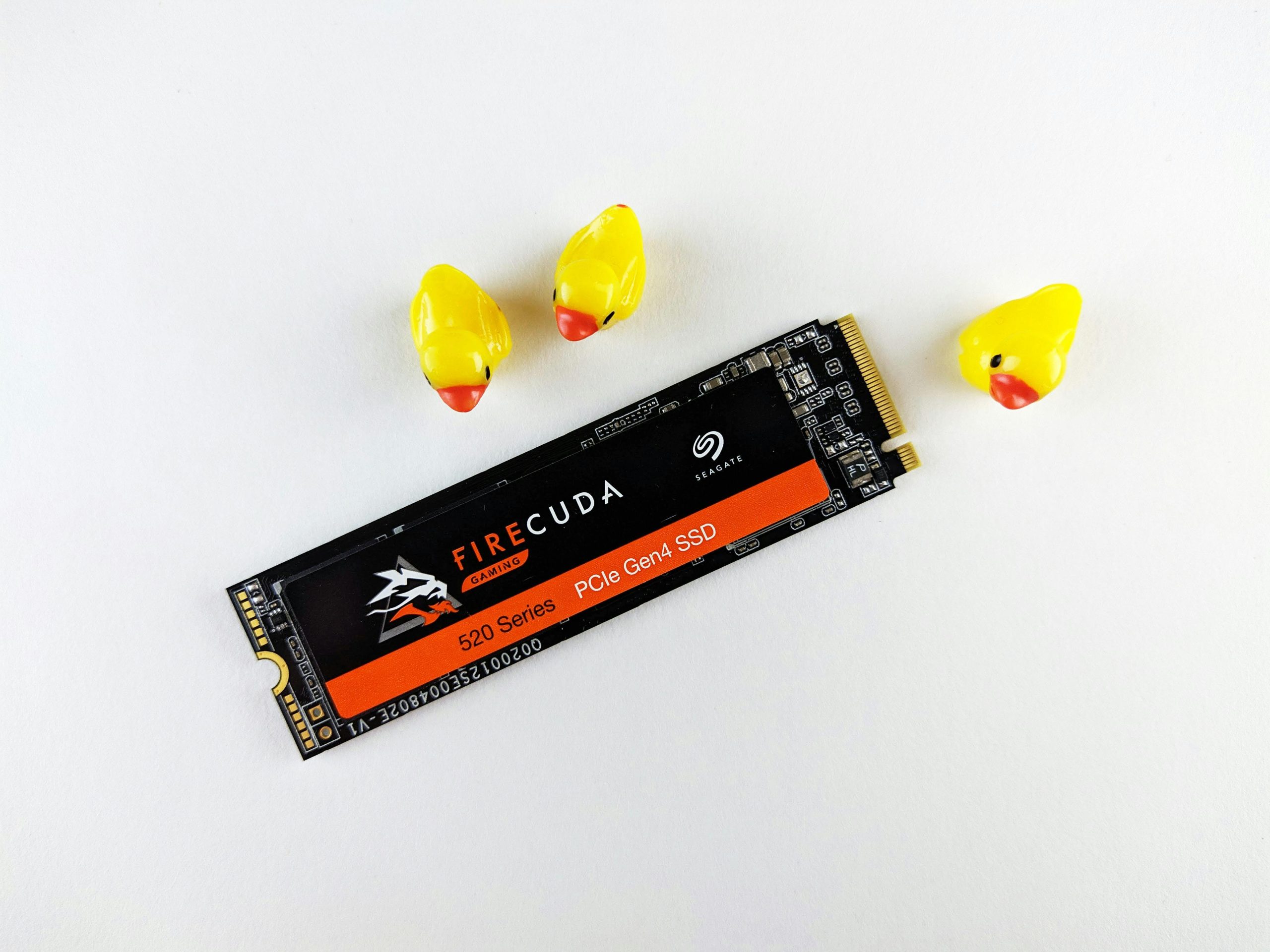Title: Is Replacing a Failed M.2 SSD Controller Feasible? A Guide for Tech Enthusiasts
Introduction
Solid-state drives (SSDs) have revolutionized data storage with their speed and reliability. However, like all electronic components, they can encounter failures that render data inaccessible. Recently, a common question has arisen among tech enthusiasts and professionals alike: Is it possible to replace the controller on an M.2 SSD and restore its functionality? This article explores this scenario in detail, using a real-world case as an example, and provides insights into the technical feasibility of such repairs.
Case Overview
A user experienced a failure with their Kingston NV1 PCIe NVMe SSD (512GB), which suddenly stopped being detected by system software. Upon consulting a data recovery specialist, it was determined that the drive’s controller had failed. The specialist indicated that the controller, a Silicon Motion SM2263XT, was responsible for the malfunction, citing repeated block reads followed by restart attempts as indicative of hardware failure.
The user inquired whether it’s possible to replace the controller and restore the drive’s functionality. Notably, they possess experience working with SMD (Surface-Mount Device) components, which enhances their capability to undertake such a repair.
Understanding SSD Controller Failures
The controller is the central controller chip within an SSD, managing flash memory operations, error correction, wear leveling, and more. When it fails, the data stored on the NAND chips often remains intact, but the drive becomes inaccessible without a functioning controller.
While some SSDs have encryption enabled, complicating data recovery efforts, in this case, Kingston’s NV1 does not have encryption enabled by default, potentially facilitating data retrieval if the controller issue can be addressed.
Feasibility of Controller Replacement
Replacing an SSD controller is an advanced procedure that involves several technical challenges:
-
Availability of a Compatible Controller:
Devices like the SM2263XT are used across various SSD models. However, the controller’s firmware is often customized for specific drives. Finding an exact identical controller with the same firmware version is critical to ensure compatibility. -
Firmware and Firmware Compatibility:
Even if a matching controller is obtained, it must be flashed with firmware compatible with the NAND chips and the original drive’s hardware configuration. Mismatched firmware can lead to further malfunctions or hardware damage. -
Hardware Substitution Complexity:
Replacing the controller involves delicate SMD work, including precise soldering
Share this content:


